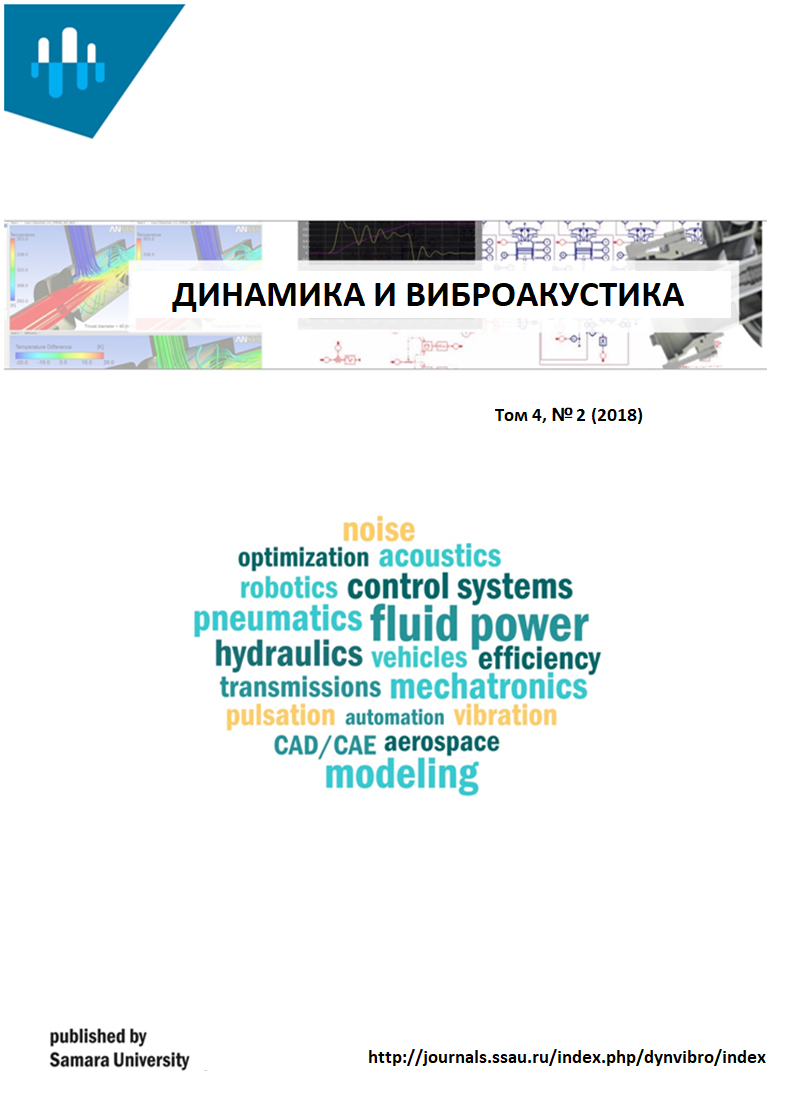The experience of use of cavitation for washing of parts
- Authors: Gromakovsky D.G.1, Shigin S.V.1
-
Affiliations:
- НТЦ «Надёжность» СамГТУ
- Issue: Vol 4, No 2 (2018)
- Pages: 6-11
- Section: Articles
- URL: https://dynvibro.ru/dynvibro/article/view/6505
- DOI: https://doi.org/10.18287/2409-4579-2018-4-2-6-11
- ID: 6505
Cite item
Full Text
Abstract
In the presented article, the experience of the Samara State Technical University on the use of low-frequency cavitation in the technology of washing machine parts and devices is considered.
Based on the results of research conducted by STC "Reliability" of SamSTU, low-frequency cavitation washing plants and technologies have been developed and tested at enterprises with the use of industrial water without heating and detergents as a washing liquid: installation at JSC "Aviaagregat" for cleaning aluminum pipes of the chassis of aircraft when immersed in a cavitating liquid; installation for washing the packages of filter elements of oil systems of gas turbine aircraft engines; installations for jet-cavitation washing of products of complex shape and large dimensions - carrier rocket tanks at JSC "RCC" Progress ", large-sized axle box bearings of railway cars at JSC "Samara Bearing Plant" and in the wagon depots of Kinel and Samara stations of the Kuibyshev Railway, etc. without making constructive changes and reconfiguring their staffing scheme.
Developments have shown that washing parts with low-frequency cavitation is not only more productive than other known methods of washing, but also allows cleaning parts of a complex configuration with internal cavities and blind channels, successfully removing solid abrasive particles, carved in the surface of parts during grinding, etc.
The low-frequency cavitation units for cleaning parts by immersion in washing liquid and jet washing, presented in the article, provide a high level of quality and washing performance at a relatively low cost, which is confirmed by their industrial approbation.
About the authors
Dmitriy Grigor`evich Gromakovsky
НТЦ «Надёжность» СамГТУ
Email: pnms3@mail.ru
Д.т.н., профессор, директор НТЦ «Надёжность»
Russian FederationSergey Vladimirovich Shigin
НТЦ «Надёжность» СамГТУ
Author for correspondence.
Email: pnms3@mail.ru
ведущий инженер НТЦ «Надёжность»
Russian FederationReferences
- Margulis M.A. and Grundel L.M. (1982), “Investigation of the physicochemical processes occurring under the action of acoustic oscillations”, Physics of Chemistry, vol. 56, no. 6, pp. 1445 - 1449.
- Report under the agreement of the Samara State Technical University and JSC “Aviaagregat” of the holding “Tekhnodinamika” (2016), “Research, development of technology and installations for cleaning internal surfaces of aluminum pipes”, Type of report: Final, no. AA-884/2014, dated 23.01.2015, SamSTU, Samara, Russia, 87 p.
- Academic (2018), “Cavitation”, available at: http://dic.academic.ru/dic.nsf/bse/ 91977/Кавитация (Accessed 11 April 2018).
- Wikipedia. The Free Encyclopedia (2018), “Cavitation”, available at: https://ru.wikipedia.org/wiki/Кавитация (Accessed 11 April 2018).
- Physics at school and houses (2011), “Pressure and density of saturated water vapor depending on temperature”, available at: http://school-physics.spb.rudata/labs/Saturated_steam.pdf and others (Accessed 11 April 2018).
Supplementary files







